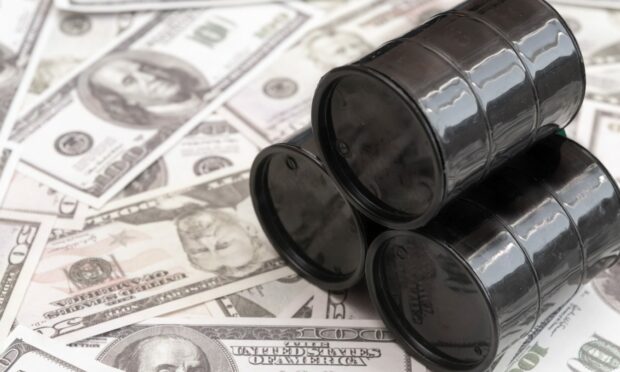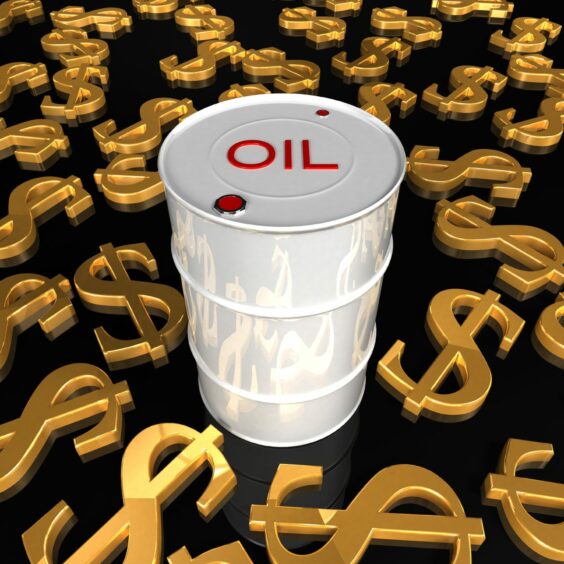Petrol prices have hit a new record at the pumps and oil prices are at their highest level in 14 years.
Figures from data firm Experian Catalist show the average cost of a litre of petrol at UK forecourts on Sunday was 155.62p, up from 155.05p on Saturday.
The average cost of a litre of diesel reached a new high of 161.28p on Sunday, up from 160.85p on Saturday.
A year ago the price per litre of petrol and diesel was 124.32p and 127.25p respectively.
The cost of filling up a typical 55-litre family car with either fuel has become more than £17 more expensive over that period.
Brent crude, the global benchmark for oil, briefly touched $139 per barrel earlier today – its highest price since 2008 – but by 10.15am had eased back to just above $125.
Soaring fuel costs are expected to put a further squeeze on households.
The US and Europe have discussed banning imports of Russian crude, which will only heap further upwards pressure on oil prices.
Over the weekend, US secretary of state Antony Blinken said Washington was in “very active discussions” with countries in Europe over banning imports of Russian oil.
Such a move could seriously damage the Russian economy and comes after Vladimir Putin sent his troops on a full-scale mission to invade Ukraine.
The war has led to hundreds of civilian casualties and brought nearly unequivocal condemnation from other European countries.
While Europe and the US have so far resisted a ban on Russian oil, the heavy sanctions they have put on the country mean many companies are baulking at buying anything from Russia.
This has led to a widespread boycott but a total ban would dry up supplies further.
Although Europe relies a lot more on Russia for its natural gas, the country is still the biggest single exporter of oil to the EU.
According to data from Eurostat, around a quarter of the bloc’s oil imports and around 46% of its gas came from Russia in the first part of last year.
The UK is less reliant on Russia for both but prices here largely mirror those in Europe.
Sanctions have so far not hit these vital supplies which prop up the economies of both sides.


